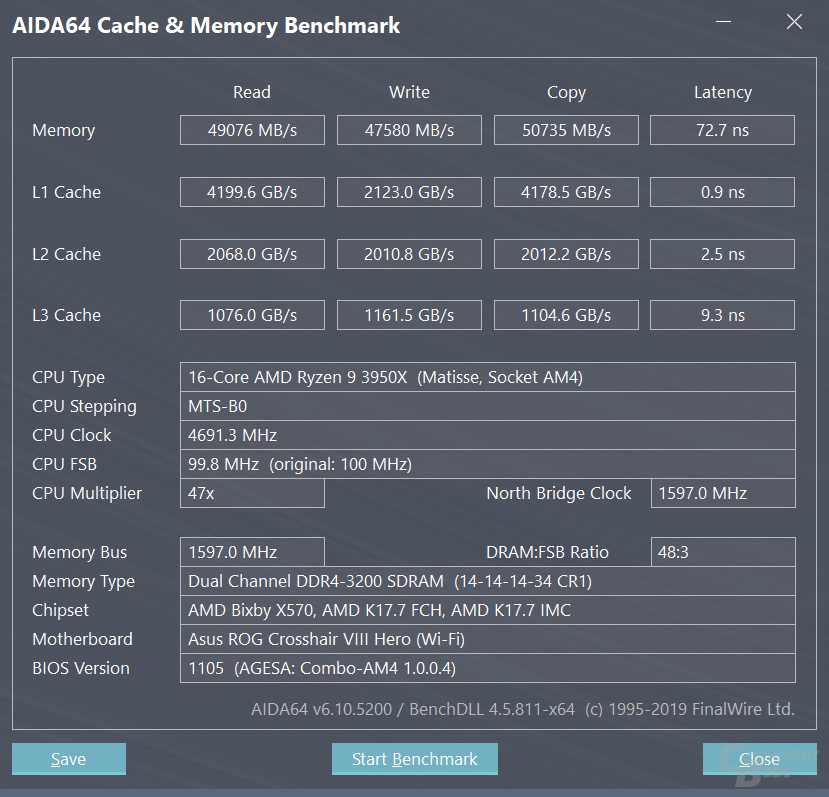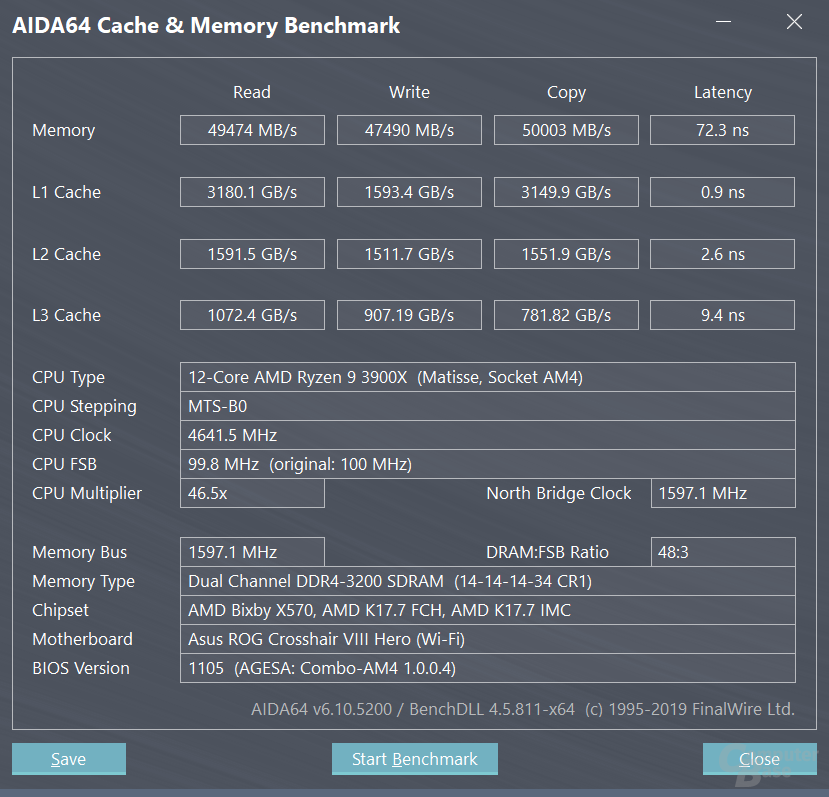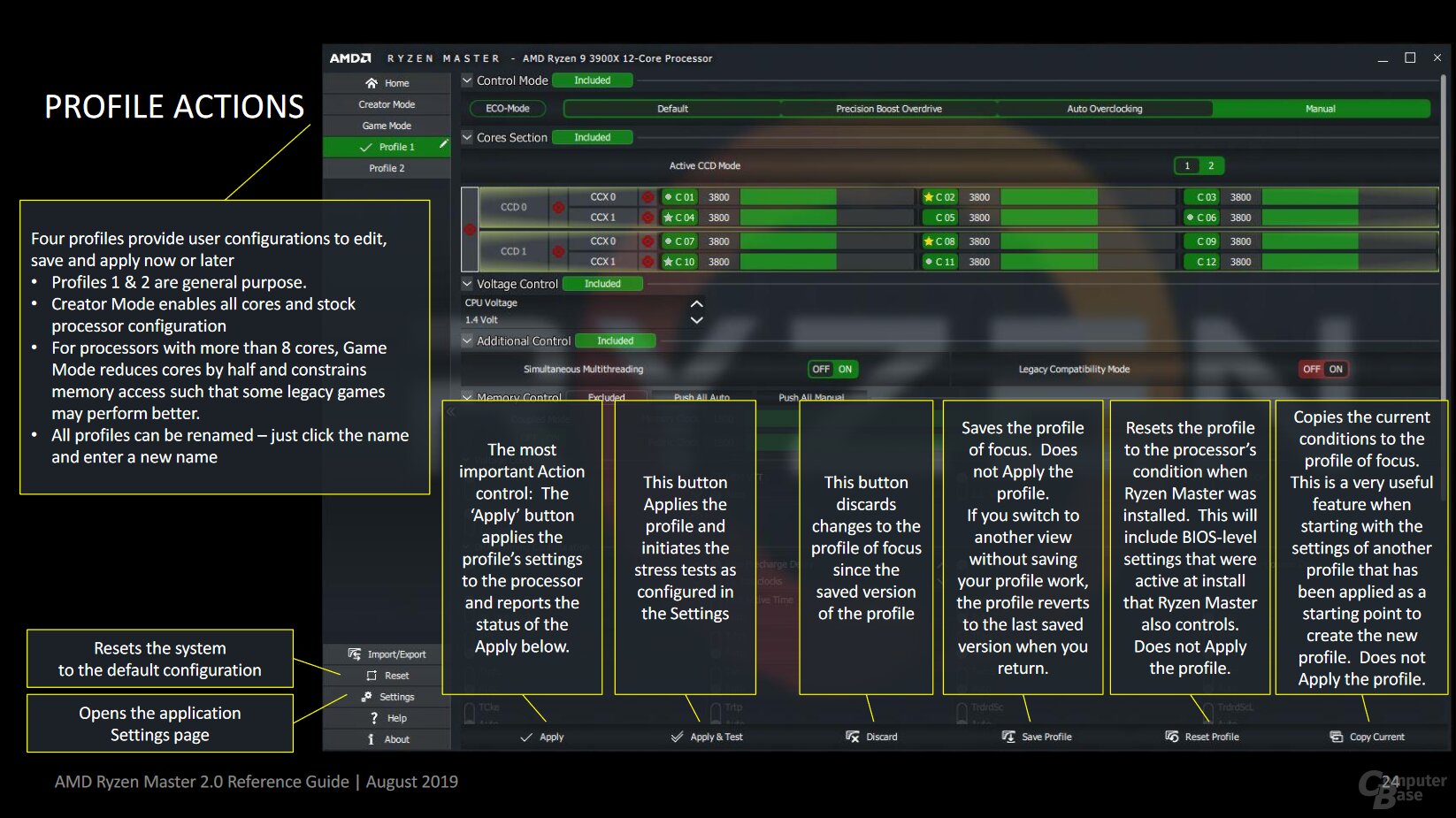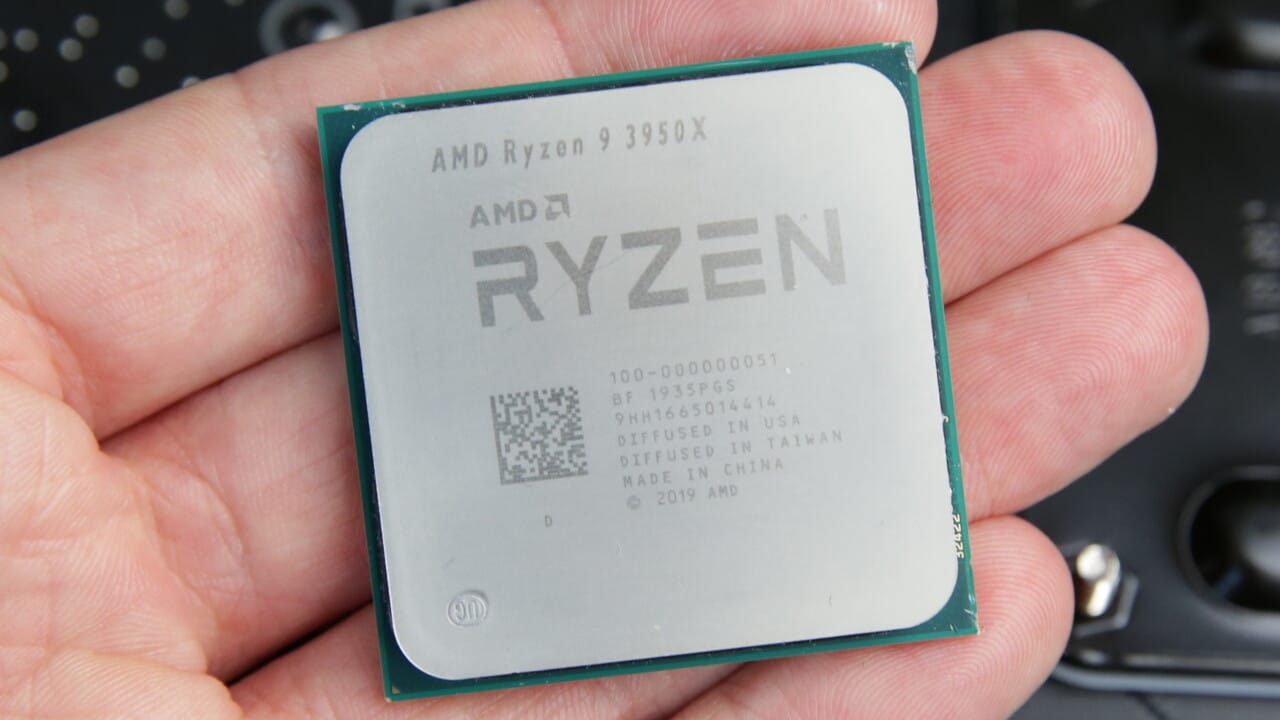– 18 months after the start of Ryzen 2000, the new Ryzen 9 3950X on the same base is more than twice as fast. Thanks to Zen 2 and 7 nm production, consumption only increases by a few percent. And players are not punished for reaching for 16 cores.
Promised by AMD in May 2019 for September, the Ryzen 3950X is now available as the first 16-core solution for the "mid-range platform" around the AM4 socket with a delay of two months. Available means: The embargo for the tests falls today, the CPU should be in retail on November 25 – in parallel with Ryzen Threadripper 3000, which must not be tested today.
The Ryzen 9 3950X makes it clear: “Mid-range” is now a very broad term at AMD, as the platform with the AM4 socket comprises processors that start in the form of the recommended dual-core Athlon at just over 40 euros and now up to A model with 16 cores is enough for 819 euros. Coupled with a well-equipped mainboard, which the X570 boards are almost all, a four-digit price for just two components of a PC is from now on anything but a problem in the "middle class", which is actually nothing more than that in terms of performance can be designated. Black and white thinking only works to a limited extent here.
16 cores complete Matisse for AM4
From now on 16 cores characterize the flagship in AMD's portfolio for the mainstream desktop, Threadripper 3000 therefore dispenses with configurations with less than 24 cores. Compared to the previous generation Ryzen 2000, this is a massive doubling of the cores to AM4, which was made possible above all by the new chiplet structure. Because the actual CPU dies at AMD with Ryzen 3000 “Matisse” always have eight cores. The twelve-core processor already available uses two of them, each configured for six cores, i.e. two times two are not active. The full expansion is ultimately only the logical addition, because what is soldered can ultimately be used.
3900X level cache latency and throughput
There are no other relevant technical differences, so there were no problems in all of the following benchmarks. A check of the latencies shows that the 16-core processor behaves quite exactly like the 12-core Ryzen when it comes to cache access.
There are also no surprises when accessing the memory integrated in the CPU. With L1 and L2, the 16-core AIDA benchmark has advantages due to the larger number / amount of memory blocks, with L3 no disadvantage.


AGESA 1.0.0.4B is advisable, but not an obligation
AMD names a motherboard including BIOS with AGESA 1.0.0.4B as a basic requirement for the 16-core processor. But that's not entirely true. It would also work with older AGESA variants, because AMD was basically ready for a start two months ago. However, there has been so much commitment to the new AGESA in recent months that pairing with the new Ryzen is advisable. Because all improvements for the Ryzen 3000 (boost frequencies, stability and compatibility) also benefit the top model.
Due to the earlier rollout of AGESA 1.0.0.4B for the mainboard partners, the new variant was tested much earlier externally and live by many users with beta versions, so that the teething troubles at the start of the 16-core on November 25 were almost eliminated in retail should be. This was one of the biggest problems at the beginning of July with the completely new X570 platform, when almost every motherboard with a completely new BIOS had to mature for weeks at the customer's.
In any case, customers have to make sure that a motherboard that trades in older BIOS boots without problems, AMD explained in more detail at the start.
A new eco mode for even more efficiency
While the key technical data of the new CPU have been known for months due to the architecture and have not been changed, AMD has come up with something for the product launch. The new Eco Mode in the AMD Ryzen Master tool can send a CPU one TDP class lower, which is usually extremely beneficial for efficiency, because consumption is significant, but performance only drops disproportionately. The flagships in particular are often trimmed to a high clock beyond the most efficient point, which means that they consume disproportionately more power – the Ryzen 3800X (test) is a good example of this. Eco Mode counteracts this.
In the end, Eco Mode is nothing more than a TDP (cTDP) that can be configured using Windows software. Many processors are designed for a second or even third TDP stage, but this is often only communicated by the manufacturer on request, but OEMs sometimes use it. For end customers, AMD provides that there are fixed parameters: 105/95 watt processors can be configured in the 65 watt class, 65 watt processors down to 45 watts.
Not only can the Ryzen 9 3950X be configured using the AMD Ryzen Master software tool, but also all other processors in the Matisse series. APUs such as the Picasso series and also the Athlon and the Threadripper are left out.

BitcoinMinersHashrate was not able to test this in advance. Although AMD's documentation has been showing the mode since August 2019 (PDF pages 14 and 37), it cannot yet be activated in the last publicly available Ryzen Master. And there was no new version of AMD in advance.
On the next page: The influence of BIOS, clock and Windows 10 1909















